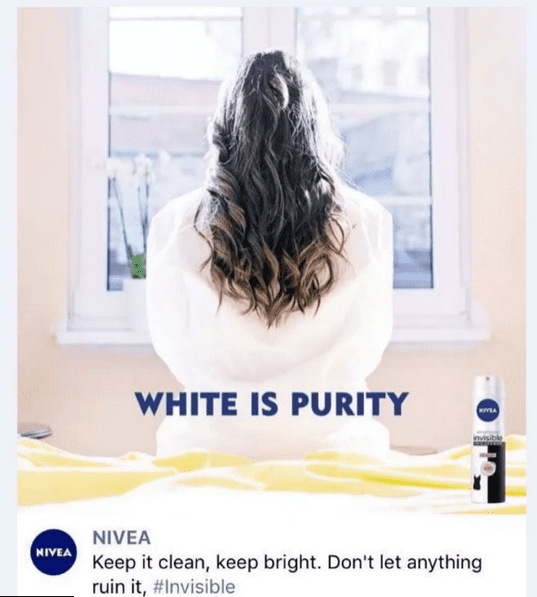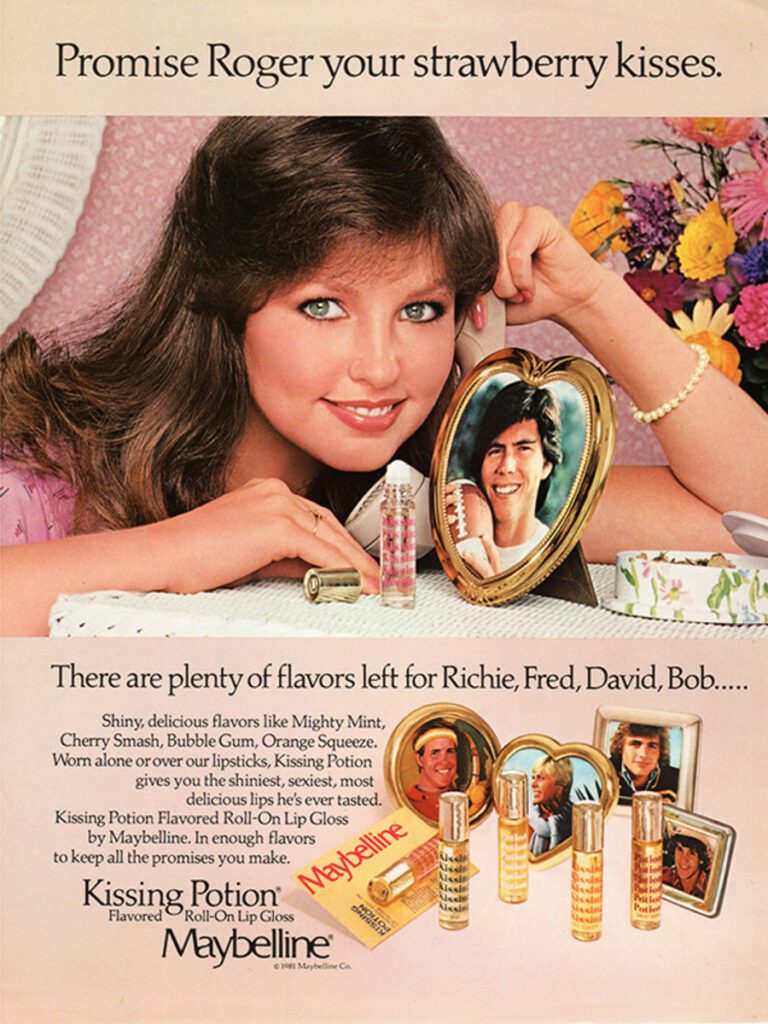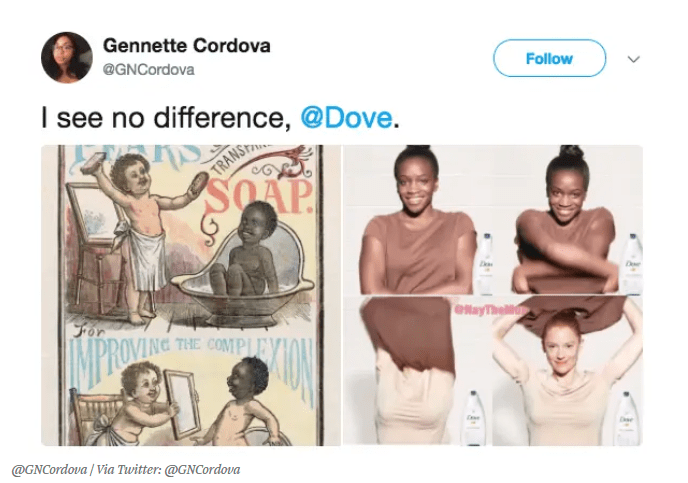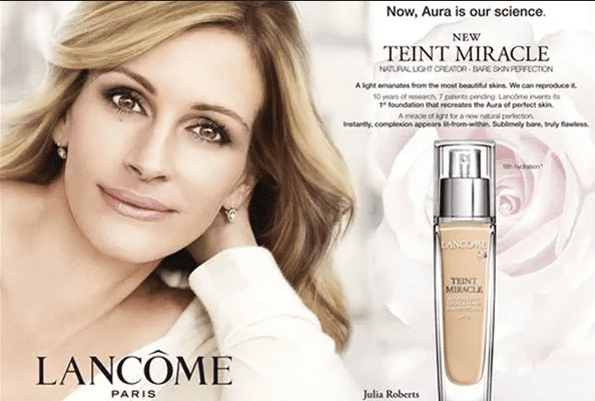Bad Advertising in Beauty: Lessons from the Worst Beauty Brand Ads
Beauty brands aren’t selling mere products. They are often selling a lifestyle. They are selling an image of beauty, setting new standards. Brand reputation in this industry is therefore not just important – it is everything. And it takes years of meticulous efforts to build this reputation. So, brands cannot let anything ruin this. Not even bad advertising.
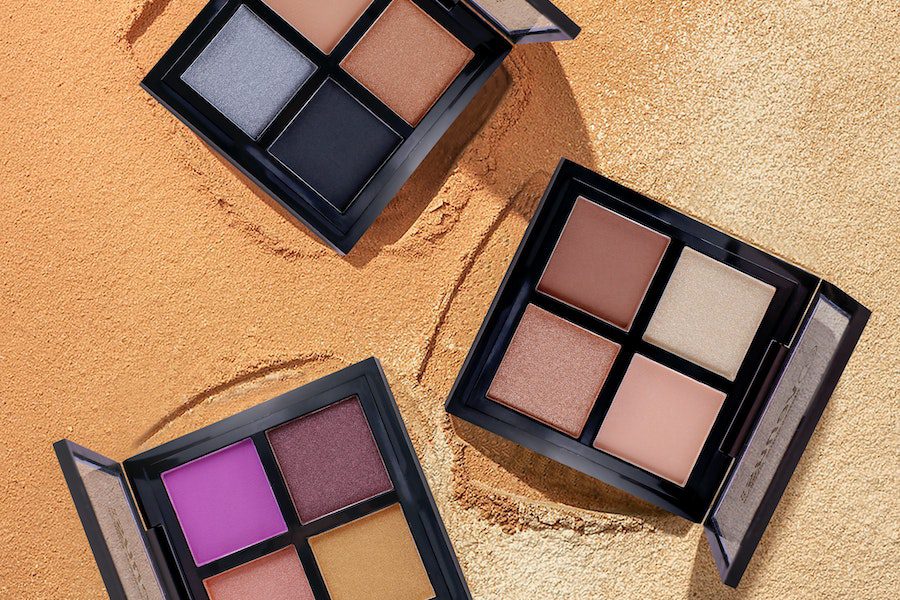
However, even the biggest brand sees a downtrend sometimes. We have seen and heard about quite a few instances of bad advertising in the beauty industry. Today we are going to look back at a few such ads and look for marketing lessons from them.
But first, let’s discuss why beauty brands should be extra cautious to stay away from bad advertising.
Why bad advertising hits harder in the beauty industry
In the beauty industry, bad advertising is more than just a setback. It can cause permanent damage to the brand and make a huge hole in the marketing budget. Beauty products are often seen as tools of self-expression. Therefore, consumers must trust that the products are safe, effective, and meet their expectations. Bad advertising can tarnish the beauty brand’s name and therefore break this trust.
Taking all this into account, we can safely say that bad advertising hits the beauty industry harder than you think. Not convinced? We’ll give you a few reasons.
- The beauty industry is a massive marketplace with a global revenue of about $100 billion, and the stakes are high. Any misstep in advertising can have serious financial consequences, so it is critical for beauty brands to be cautious.
- The beauty industry is fiercely competitive, as evidenced by the fact that beauty companies spent a staggering $7.7 billion on advertising in 2022 alone. In such a saturated market, negative publicity or ineffective advertising can lead to a significant waste of resources and potential loss of market share.
- American women are devoted consumers, spending an average of $3,756 on beauty products and services each year. This high level of customer investment means they have high expectations, making bad advertising particularly harmful to a brand’s reputation.
- In June 2019, a whopping 61% of beauty buyers interacted with cosmetics brands on social media. This statistic highlights the beauty industry’s reliance on social media platforms for marketing and customer engagement. Any negative sentiment spread through these channels can go viral, damaging brand trust and loyalty.
Now we know the kind of damage that bad advertising can cause. Let’s talk about ways to prevent this damage – based on the lessons from the worst ads from beauty brands around the world.
6 examples of bad advertising from beauty brands + marketing lessons
1. Blackface ad from Watsons
Renowned beauty brand Watsons released a 15-minute long video titled, “Legenda Cun Raya” on its Facebook Malaysia page. The ad was meant to be a satirical take on a popular Malay legend of Dayang Senandung. However, the ad was seen as racially insensitive and faced a lot of opposition on social media.
The brand went on to explain that the idea was to cherish the inner beauty rather than the outer beauty. However, the damage was already done!
Watsons’ failure to recognize the racial insensitivity of their ad serves as a stark reminder that brands must be acutely aware of cultural sensitivities when crafting their campaigns.
Diversity Should Be Celebrated: Instead of celebrating whiteness as a standard of beauty, Watsons could have focused on celebrating the wonderfully diverse melting pot that is modern Malaysia, promoting inclusivity and acceptance.
Questioning Outdated Narratives: Brands should challenge outdated narratives that equate white skin with beauty and brown skin with inferiority. The use of blackface in 2017, based on an old Malay legend, raised questions about cultural progress.
The Importance of Education: This incident highlights the need for better education and media literacy regarding issues of race and beauty standards. Brands can play a role in enlightening the public and promoting diversity and inclusivity.
2. Nivea “White is Purity” ad
Nivea’s social media ad for its deodorant took an unexpected turn because of its copy. Along with the copy, “White Is Purity” the ad carried the post caption, “Keep it clean, keep bright. Don’t let anything ruin it”. The ad was featured on social media targeting Nivea’s customers in the Middle East. The idea was to promote its “invisible” deodorant that does not stain or rub off on clothing.
The caption and the copy of the post sparked a huge controversy on social media. There were accusations of racial insensitivity, as it was widely perceived as promoting a harmful association between white skin and purity, which many deemed offensive and racist.
The result? The brand pulled out the ad and issued an apology. The brand was planning on a large-scale print campaign featuring the design. But the social media outrage was enough for the brand to reconsider.
KIMP Tips:
- In addition to other things, consider the cultural implications of your ad. This is particularly important for global brands trying to understand the local culture.
- Before launching a large-scale campaign, test your marketing materials with a diverse group to gauge potential reactions and make necessary adjustments to avoid backlash. (like Nivea chose to post the ad on social media before its outdoor campaign)
3. Vintage Maybelline print ad
The Maybelline ad below serves as a historical example of poor advertising. However, it’s worth noting that Maybelline’s journey to becoming one of the world’s most influential beauty brands demonstrates that there is hope for redemption in the world of advertising. Ultimately, the trajectory of your brand’s advertising success depends on how you shape its ethos.
Now let’s look at the controversial print ad we were talking about.
The ad is bad because of its inappropriate messaging. The ad objectifies women and is therefore disrespectful and offensive. Instead of empowering women or focusing on the product’s qualities, the ad seems to reinforce traditional gender stereotypes and potentially harmful relationship dynamics. Considering the influence brands have on societies, advertisers need to take ad messaging more seriously.
KIMP Tips:
- The fact that these vintage print ads are still doing the rounds on the internet and being discussed on social media proves one thing – bad advertising sticks. People might forgive the brand for the blunder but they do not forget or let go! All the more reasons to stay away from bad ads.
- Having a clear point of focus for your ad makes it more impactful. Focusing on the product features and how they improve a customer’s experience is much better than deviating from the core message (as with the Maybelline ad).
4. Dove Before After ad
Today Dove is a brand known to celebrate body positivity. However, there have been several instances where the brand has been criticized for its misleading messaging. The below example is one such.
The campaign in question was a Facebook ad showing a black woman removing her brown shirt to reveal a white woman in a beige shirt.
The ad when posted on Facebook, raised immediate concerns about racial insensitivity. While the TV commercial of the campaign was more detailed and clear, it was the digital format created for social media that was problematic. In an era where social media platforms connect people globally, marketing campaigns can spread rapidly and intensify public scrutiny.
There were a lot of memes floating around with some comparing the ad to some racist ads from the past.
KIMP Tips:
- Visual elements in digital marketing, such as images and graphics, require meticulous consideration. Dove’s ad demonstrated how even a seemingly innocuous image sequence can be perceived as problematic when taken out of context.
- When experimenting with new ad formats or visuals, it’s always a good idea to support the ad with textual descriptions that educate the audiences about the intended messaging.
5. Lancôme’s airbrushed print ads
The print above ad from Lancôme was banned in the UK for the excessively post-processed photo used in the ad. The use of a digitally altered image in the ad contributed to the perception that the foundation could provide an unrealistic level of perfection.
Some touch-ups are okay but exaggerations are not okay! Especially in the beauty industry. Because then you are promoting unrealistic beauty standards.
Lancôme’s misstep serves as a reminder of the importance of advertising transparency and the potential consequences of exaggerated product claims, particularly when using digitally enhanced visuals.
KIMP Tips:
- Beauty brands must adhere to truth-in-advertising principles as exaggerated claims can lead to regulatory scrutiny.
- When working with a design team or designing the visuals yourself, be careful about the image editing part. Everything from the lighting to the color and textures in the products and models featured should be as close to reality as possible. Too many edits might help with the aesthetics but bring the credibility down.
Finding it hard to edit images while keeping them looking realistic? Work with an experienced team of designers to simplify your job.
6. Dior’s “Sauvage” Ad with Johnny Depp
There have been several commercials from Dior for the Sauvage range of fragrances featuring Johnny Depp. But the one below was aired on social media and received a lot of negative comments. The brand eventually removed the video from its social media pages.
The ad, which initially intended to evoke a sense of mystery and allure, unwittingly plunged into controversy due to its use of Native American imagery and stereotypes. Several critics perceived the ad as an instance of cultural appropriation and racism.
KIMP Tips:
- Pay attention to the nuances of symbolism in advertising. Some symbols have cultural annotations and you do not want to use them in the wrong context. As it did with the use of the Native American theme in the above ad.
- When planning campaigns that involve cultural elements, consulting with experts or representatives from that culture can provide valuable insights and guidance.
Marketing lessons to take away from these bad ads from beauty brands
We’ve seen the worst beauty brand ads and now it’s time to summarize the marketing lessons they gave us:
- Focus on the clarity of messaging – In the case of Dove’s ad, the lack of clarity in the digital format led to misunderstandings. The lesson here is that clear, concise messaging in advertising is crucial to avoid any misinterpretations.
- Prioritize authenticity – Lancôme’s airbrushed ad emphasizes the importance of honesty in advertising. Building an authentic brand takes time but people love connecting with brands that are authentically themselves on all channels.
- Consider the long-term impact of your ads – The enduring discussions about vintage Maybelline ads on the internet highlight that bad advertising can have a long-term impact on a brand’s image. Brands should aim for advertisements that stand the test of time in a positive way.
- Create ethical ad concepts – Watsons’ racially insensitive ad teaches us the importance of cultural awareness. Celebrate diversity instead of reinforcing outdated beauty standards.
- Testing and feedback – if there’s one thing you can learn from all of these ads it’s this – advertising truly is a difficult realm to comprehend. And it takes a lot of experimenting (A/B testing) and continuous improvements to create what works for your brand.
Perfect your beauty ad designs with KIMP
There are some sensitive topics in every industry. For example, when it comes to food ads, promoting unrealistic weight loss or body image can land a business in trouble. In the beauty industry, sexism and ageism are tricky topics. Beware of such areas where even the slightest misconception can be perceived as insensitive. Either stay away from them or create a crystal clear delivery of the message in your ads. That’s the sure-shot way to stay away from bad advertising.
Clear and purposeful messaging is therefore a requisite in beauty branding and advertising. Visuals have a strong role to play in this because they make or break the message and the impact of the ad. Therefore you need the best talent in the industry to assist you with your marketing designs. So, choose a KIMP subscription. Start with a free trial today!
